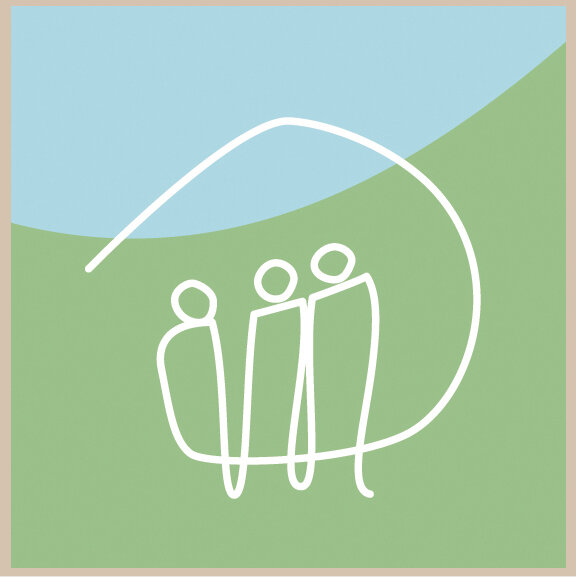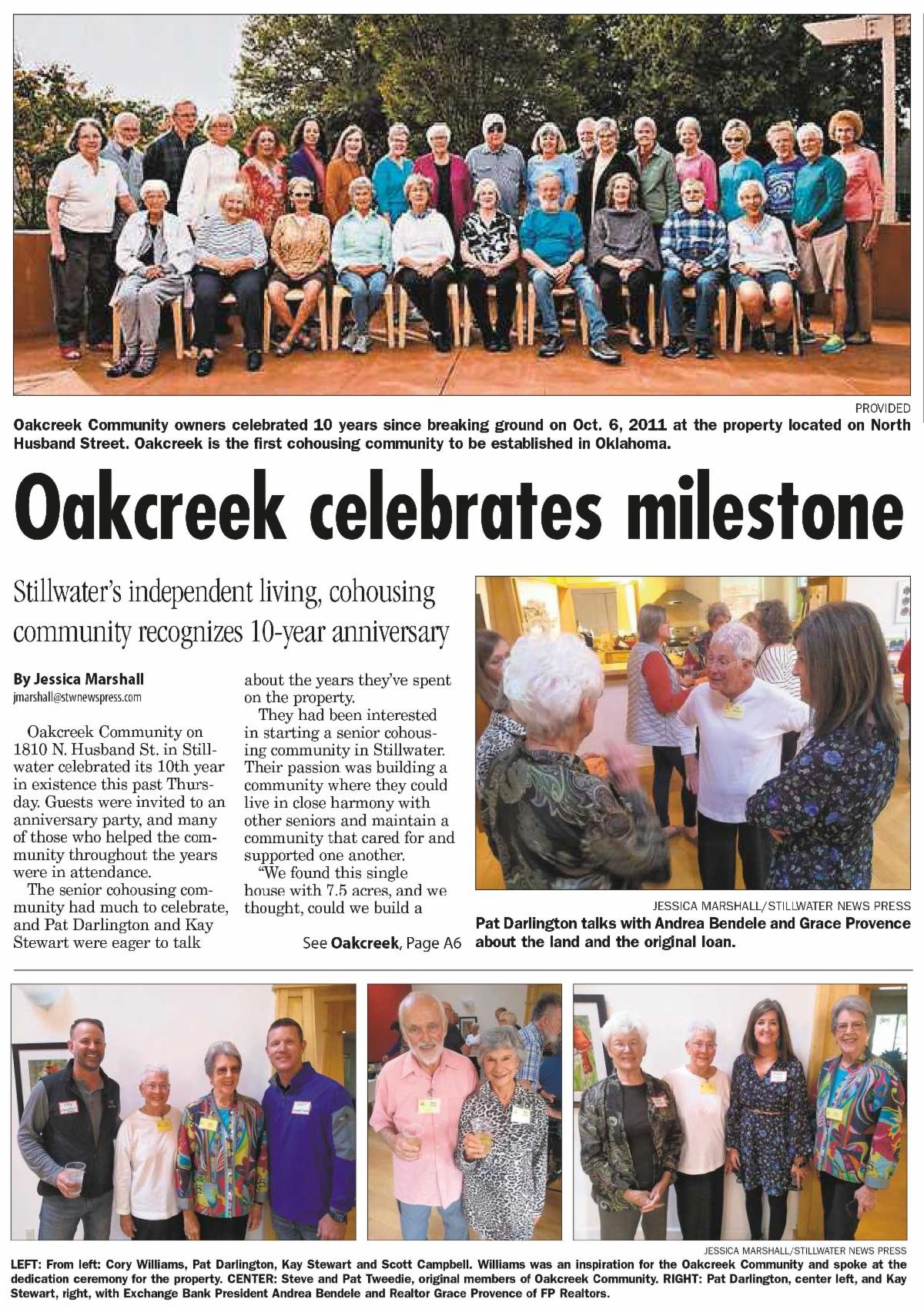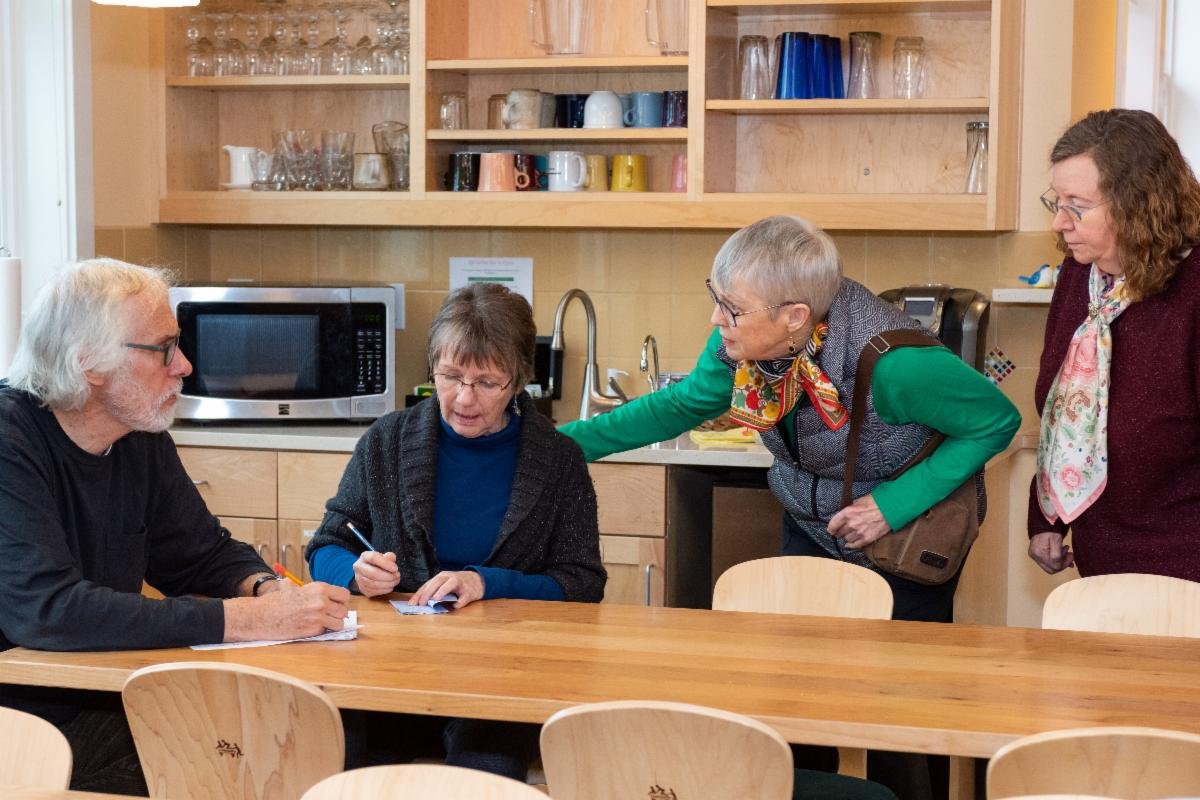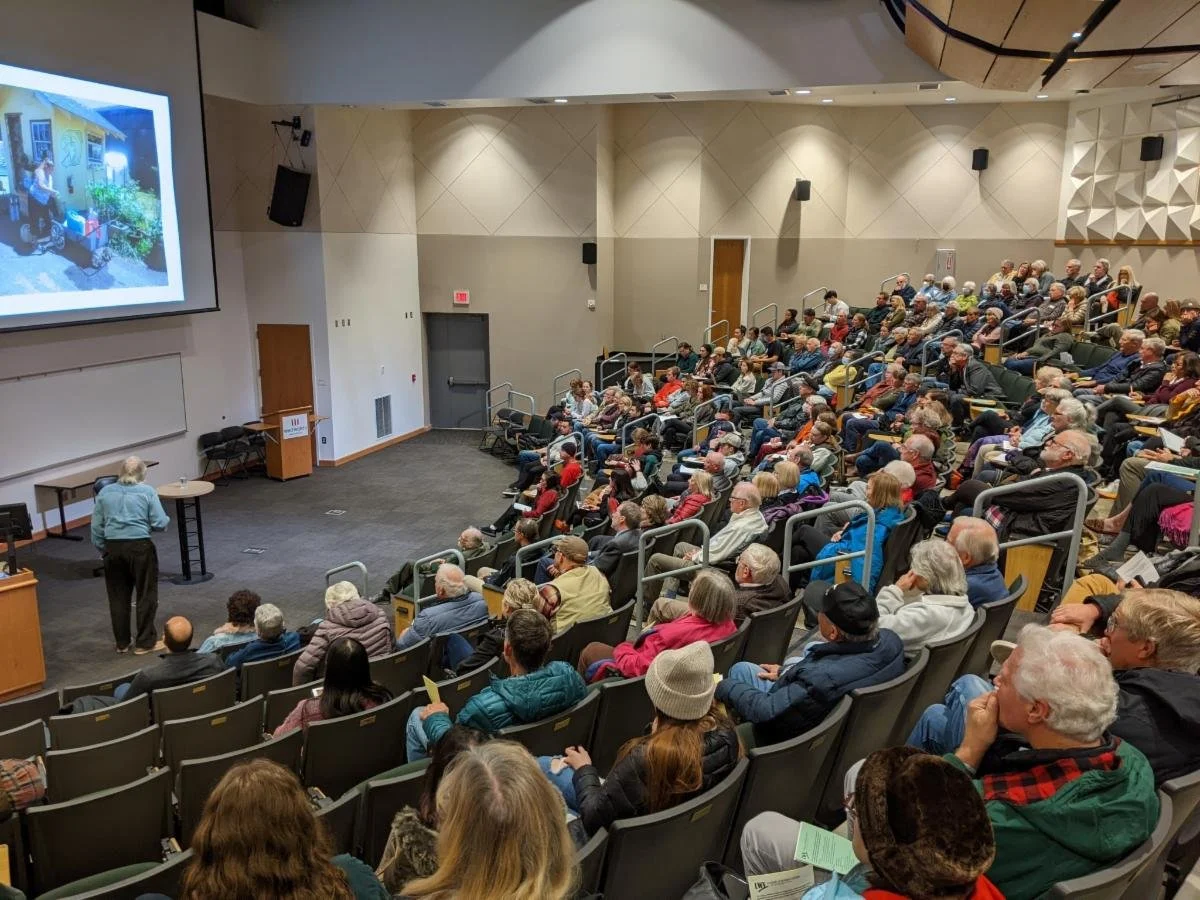New Educational Video Series
This is a new educational video series we are doing to demystify what cohousing is, how it got started, and where we want to see it in the future.
Have you been following our social media accounts? If so, you might notice that we have started a new educational video series, where Charles Durrett reflects on his 30 years experience designing cohousing and talks about The Current State and the Future of Cohousing in the United States and Beyond.
The video above is our first video of the series, where Chuck introduces what cohousing is, and what its benefits to the resident and their social and physical wellbeing.
You can find and follow the rest of the series by following all of our social media accounts below. This is also an amazing to stay in the loop of what's going in the cohousing and intentional community world.









